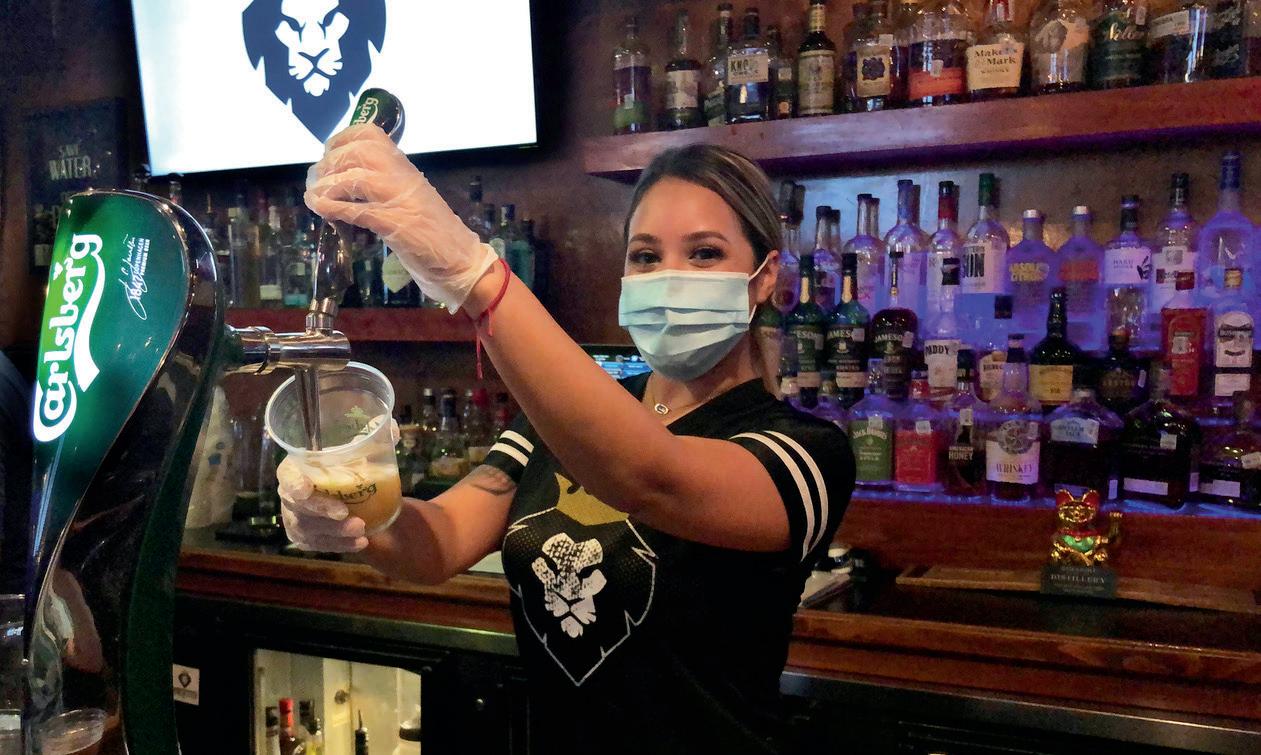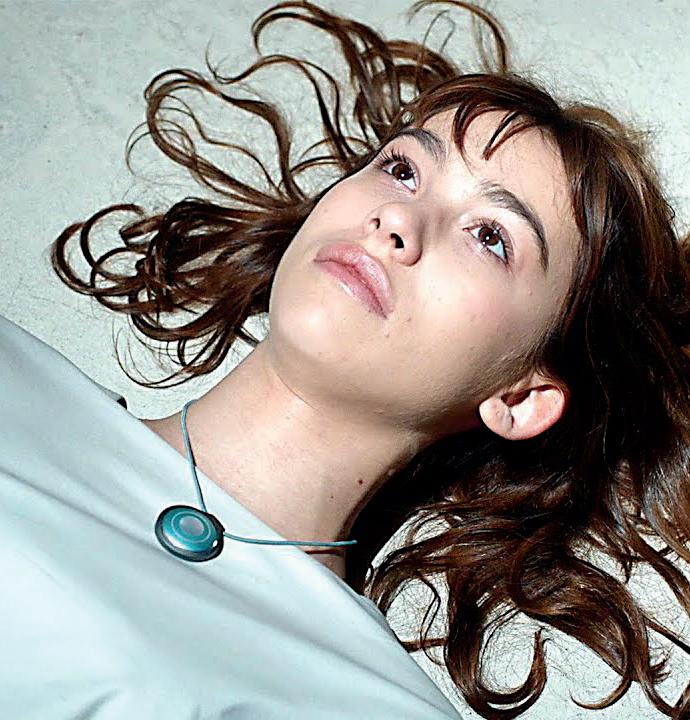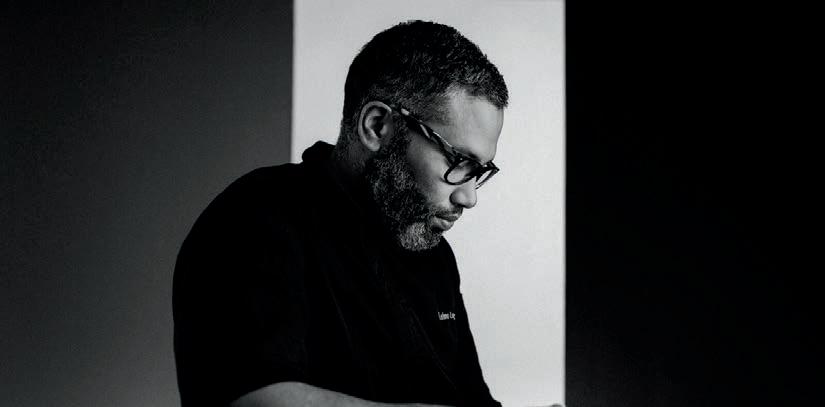Odd Objects
Peggy Tenison
Courtesy Photo / Briscoe Western Art Museum
San Antonio museums share fascinating (and creepy) finds from deep in their collections BY KELLY MERKA NELSON
I
n addition to the greatest hits of culture and history, museums house tons of hidden gems that often go unnoticed. Inspired by a recent Twitter challenge from the Yorkshire Museum — which requested that institutions share the creepiest objects in their possession — we asked four local museums to show off the strangest and compelling pieces from their collections.
Cat Mummy, San Antonio Museum of Art
Egyptian, Roman period, 30 B.C.–395 A.D., Cat remains, linen, pigment, 20 x 7 in. (50.8 × 17.8 cm), San Antonio Museum of Art, gift of Gilbert M. Denman, Jr., 91.80.206 Many people know that Ancient Egyptians mummified animals, but the San Antonio Museum of Art has a particularly interesting feline mummy in its collection. “Ancient Egyptians not only mummified people, but also animals, especially during later periods of Egyptian history. Although many mummies of mammals, birds, and reptiles were mass produced, new research suggests that some of the animals were mummified with the same elaborate care given to hu14
CURRENT | May 6 – May 19, 2020 | sacurrent.com
mans,” says Jessica Powers, SAMA’s curator for ancient Mediterranean art. “With restoration, we discovered that the mummified cat in our collection has a red wrapping over its head, which is very unusual for an animal. Red wrappings were typically found on mummies of priests. The museum’s cat mummy had a rough 2,000 years, but with restoration, it is now looking more like it did when it was entombed. We also determined that the cat was an orange tabby because some of his fur remained!”
Castroville’s Horse-Drawn Hearse, Institute of Texan Cultures
Made in 1898 by the Sayer & Scovill Co. of Cincinnati, OH. The Institute of Texan Cultures has a fascinating artifact from Texas’ funerary history: a horse-drawn hearse that was used in the town of Castroville from 1919 until around 1930. The secondhand hearse was driven by August L. Tschirhart, who would charge $5 per funeral. That’s interesting enough on its own, but it turns out the hearse may also be haunted. James Benavides,
Courtesy Photo / McNay Art Museum
the institute’s senior communications specialist, shared one spooky story with the Current. “So, one night, a guard was on duty, making his regular rounds. When he gets to the exhibit floor, he finds the hearse doors open,” Benavides said. “He thought some of the senior officers were playing a joke on him, so he closes the doors and goes about his business. “Coming up on the end of his night shift, he’s making his last sweep of the exhibit floor and he finds the hearse doors open again. He laughs to himself, then realizes, he was the only person in the building.” Benavides continued: “The doors don’t open easily; they take two hands to work a latch and pull open. But stories persist, that from time to time, the guards will find the hearse doors open.”
Jean Tinguely and Eva Aeppli’s Kerzenstock mit Maske (Candlestick with Mask) (ca. 1991), McNay Art Museum
Iron and bronze, wax candle, with gouache on papier mâché and ribbon. Collection of the McNay Art Museum, Jeanne and Irving Mathews Collection. The McNay’s collection features a lot of challenging modern art, but staff say this piece by Jean Tinguely and Eva Aeppli, which recently went on display, is capable of startling in a more visceral way. The sculpture was fabricated as part of a series by Surrealist artists Jean Tinguely and Eva Aeppli, shortly before Tinguely’s death in 1991, according to the McNay.





